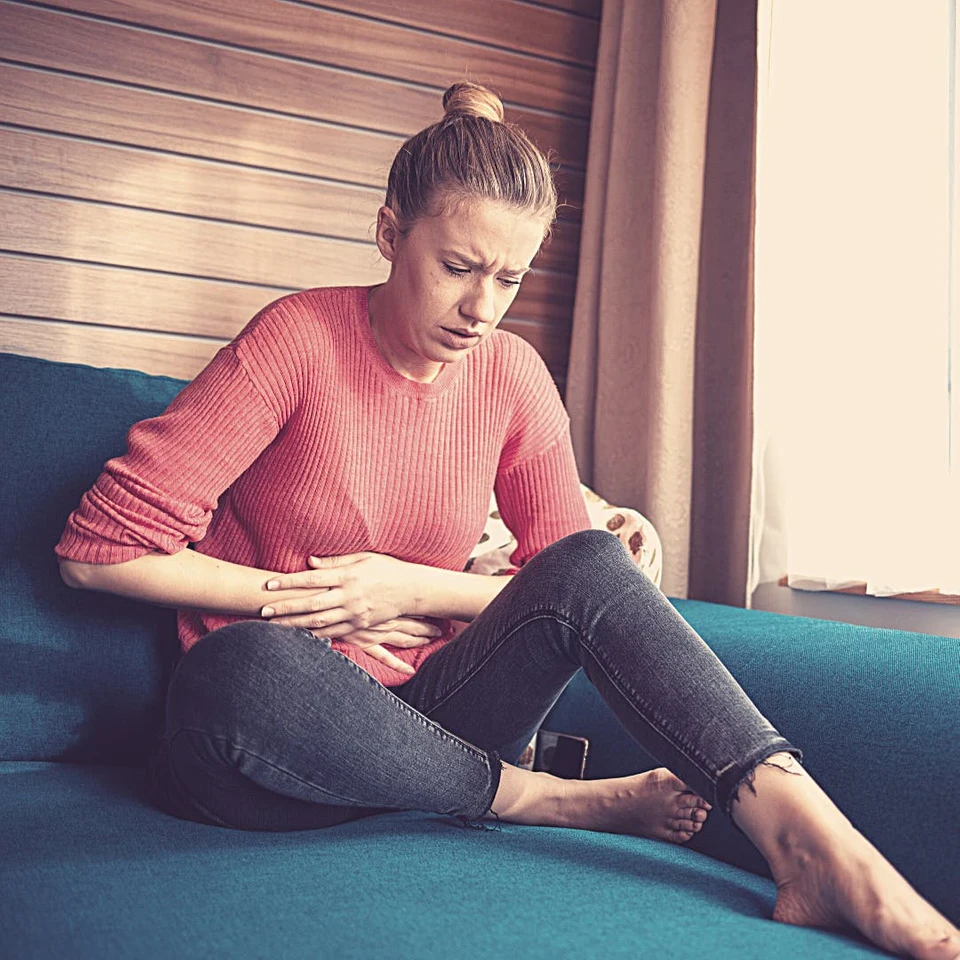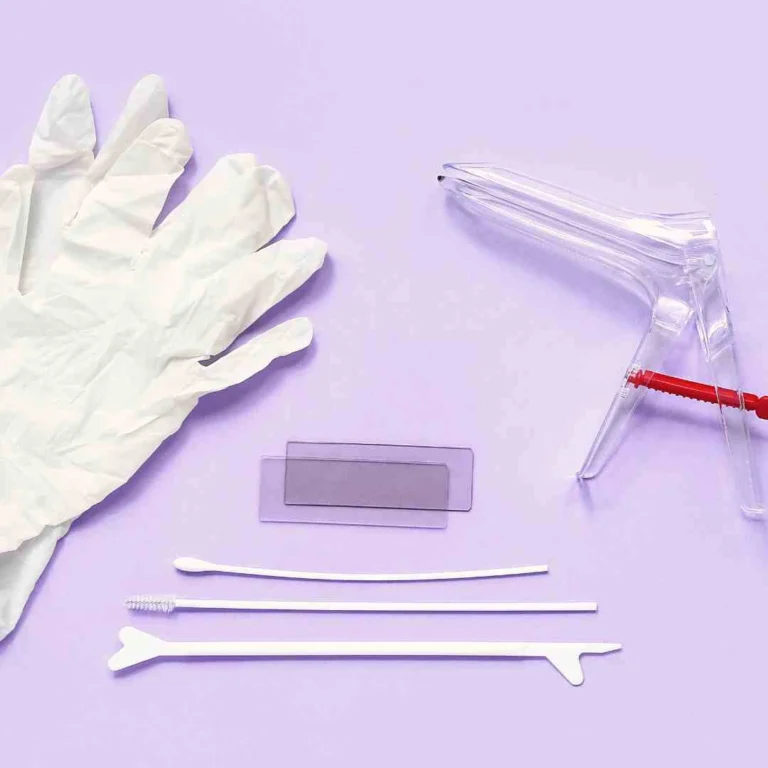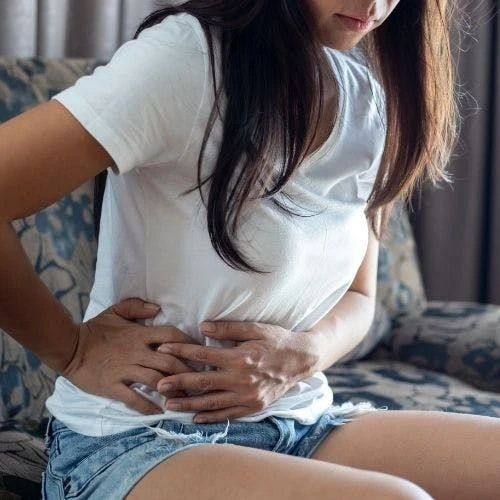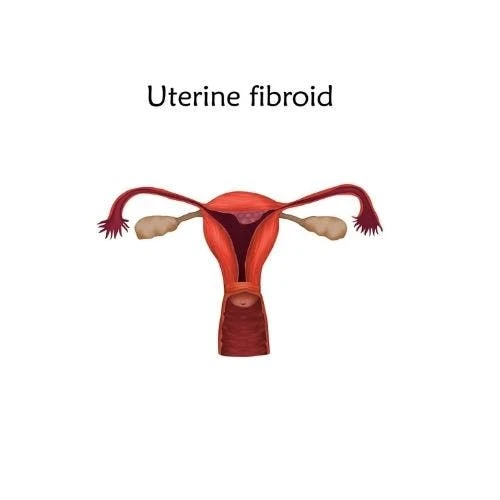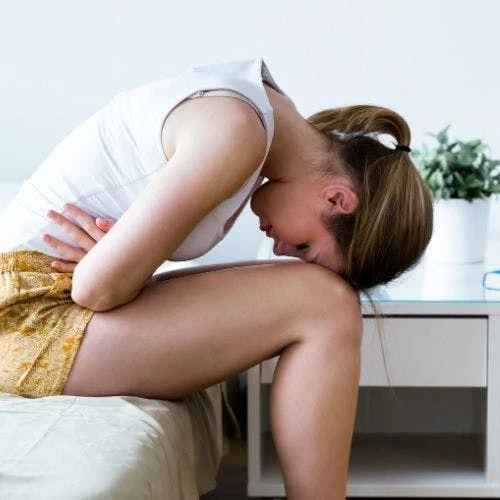Period Tips For Beginners: Complete Menstrual Guide
If you are looking for period tips for beginners, you have come to the right place. The first time you see your menstrual blood, it can be an overwhelming experience. From dealing with premenstrual syndrome to breast tenderness, to trying to understand the different types of menstrual products that are available, there’s a lot to know when it comes to your first period.
Period Tips For Beginners: Complete Menstrual Guide
In this ultimate guide to periods, we break down everything you need to know about your menstrual period and making that time of the month go as smoothly as possible. The best period tips for beginners include knowledge on different products you can use, what types of symptoms to expect, and how you can handle challenging days.
Menstrual Products
There are so many different types of menstrual products out there. When starting out the easiest ones to use use are pads, tampons and period underwear. For women with heavier menstrual flow, using period underwear alongside a tampon or alongside a pad can be helpful. Here are all the different products you can consider using:
Sanitary Pads
The downside to sanitary pads or maxi pads is that they can be bulky and uncomfortable. The convenient part about them is that the disposable pads are easy to use. You can buy thin pads which are more comfortable but they typically are not as comfortable as a correctly placed tampon. When using sanitary pads, the ones with wings can be helpful to avoid getting a stain on your regular underwear.
How To Put On A Pad
Putting on a pad is easy! You just need a private place to sit down – ideally a toilet set. Take the pad out of the wrapping and examine it. If it has wings, then it will look like a cross. Wings are nice to have because they help your underwear to stay clean as you move around. Before taking the lining off the back to expose the sticky portion that will stick to your underwear, mentally figure out where you are going to place the pad on your underwear. Ideally, you want the center of the pad to fall right around your vaginal opening. It doesn’t have to be exact. Stick the pad to your underwear and if there are wings, tuck each wing behind the underwear to secure it.
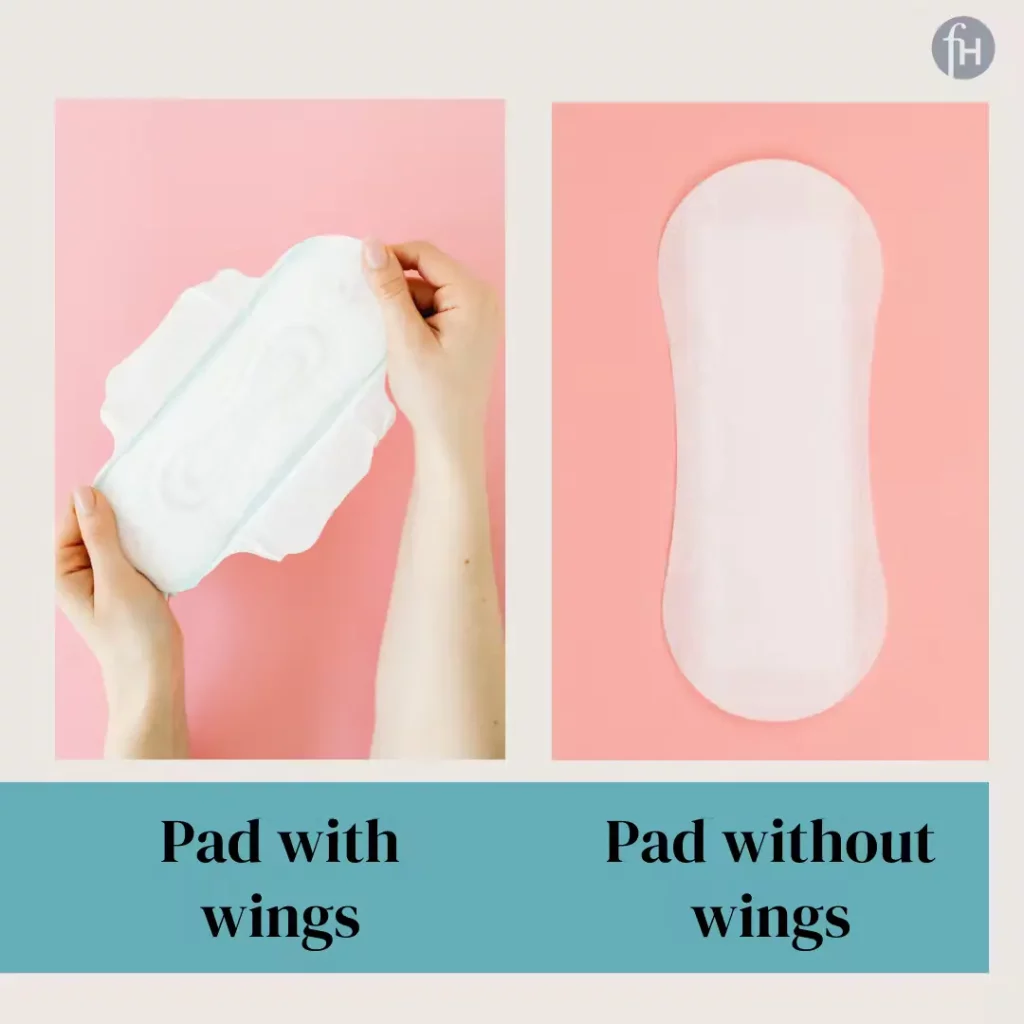
Tampons
Tampons are great once you learn how to use them. The light tampons are easiest to insert because they are a smaller tampon. Remember that you should change your tampon out every 4-6 hours in order to avoid the risk of toxic shock syndrome. The great thing about tampons is that they are compact to carry around in your bag, and are usually very comfortable to wear. Not only do most women not feel tampons, unlike with the use of pads, using tampons means that your pubic hair is less likely to be wet with period blood.
If you are experiencing pain or discomfort when placing the tampon or when the tampon is already in, this means it was not inserted correctly. It is a good idea to remove it and try to insert a new one. Tampons with plastic applicators tend to be smoother and easier to insert than those that have a cardboard applicator.
How To Wear A Tampon
Putting in a tampon takes a little more learning than using a pad, but it is not hard to do. You just need to practice and get used to it. Femhealth has a complete guide to putting in a tampon that is linked here. It will give you all the steps you need on how to put a tampon in.
Menstrual Cups
Menstrual cups are a great sustainable option but they come with the largest learning curve of all the menstrual products. If you don’t know how to correctly insert and take out a menstrual cup, you could end up with period blood everywhere. It’s best to start out with pads, tampons and period underwear before trying to use reusable menstrual cups.
Period Panties
Period underwear are another great option. Not only are these great to double cover on your heavier flow days (this means use a sanitary pad and period underwear together, or use a tampon and period underwear together), but they are also a sustainable choice. You will need to have a few on hand as it’s important to change them frequently so that you do not stain your clothing. In the beginning, while you are still figuring out if you will have light periods or heavy periods, use period panties for double coverage only. This will avoid you having an accidental stain because you did not correctly predict how heavy your flow was going to be.
To accommodate all body types, many of the popular brands come in many different sizes and thicknesses to account for light flow to heavy flow. Period panties are one of the best reusable period products out there. Remember to throw them in the washing machine alone to avoid staining any other clothing.
Panty Liners
Panty liners are very similar to pads, but they are much thinner and much smaller. Panty liners are usually used during the last few days of your period. They are not as useful in the beginning because typically menstrual flow will begin with heavier flow and then taper off.
Toilet Paper
No supplies? No problem. If you get caught off guard by your next period and you don’t have a pad or tampon nearby, just use some good old fashion toilet paper. Neatly fold up several sheets of toilet paper so that it has many layers to absorb the blood so that it does not stain your clothing. This should buy you enough time to find a pad, tampon or panty liner. Replace the toilet paper with a pad or tampon as soon as you can find one.
Toilet paper is not a good first choice, because it is not as hygenic as period products that are meant for long term use. It’s best to use sanitary products that are meant for use during your period rather than toilet paper as they are clean and protected by a wrapper until use.
Pro Period Tips & Tricks:
Use thin or ultra thin maxi pads with wings when starting out. As you get comfortable, try to use tampons. Tampons, when used correctly, are an easy way to feel fresh and clean during your period. Save menstrual cups for when you have the time, space and privacy to potentially make a mess. This is the hardest menstrual product to get used to.
How To Wipe On Your Period
Related: Is My Vagina Normal? Plus A Female Anatomy Chart
It is always a good idea to wipe from front to back. This is both when you are on your period or even when you are not on your period. The anal and rectal areas of your body carry bacteria that can track up your urethra. The urethra is a tube-like structure that brings your urine from the bladder out of the body. In females, the urethra is located between the clitoris and the vaginal opening, and is about 1-2 inches long. It is where you pee from. If bacteria from the anus travels up the urethra, it could potentially give you a urinary tract infection. So when wiping, go from the urethra to the vagina and then end at the rectum. Avoid wiping from the rectum to the vagina.
Menstrual Cycle Medical Changes
In addition to dealing with the actual release of blood during your period, there are also other symptoms that you may experience during your period.
PMS: Premenstrual Syndrome
PMS is a medical condition and the letters stand for Premenstrual Syndrome, which refers to a combination of physical and emotional symptoms that some women experience in the days or weeks leading up to their menstrual period. PMS symptoms can vary greatly from woman to woman and can include bloating, breast tenderness, fatigue, mood swings, irritability, and depression. The exact cause of PMS is not fully understood, but it is thought to be related to fluctuating hormone levels that happen during a person’s menstrual cycle. Having a family member with PMS or PMDD means that you are also more likely to have it.
PMDD: Premenstrual Dysphoric Disorder
PMDD stands for Premenstrual Dysphoric Disorder, which is a more severe and less common form of PMS (premenstrual syndrome). PMDD is a psychiatric disorder that is characterized by severe emotional and physical symptoms that occur during the luteal phase of the menstrual cycle (the second half of the menstrual cycle). These symptoms can include severe mood swings, irritability, depression, anxiety, fatigue, and physical symptoms such as bloating and breast tenderness. PMDD is thought to be caused by a combination of hormonal, genetic, and environmental factors, and is believed to affect about 3-8% of menstruating women.
Menstrual Cramps
When people talk about period pain, they are usually referring to menstrual cramps. Many people have menstrual cramps during their period, and they are a very common symptom of menstruation. It is estimated that about 60% of women experience menstrual cramps at some point in their reproductive years. Menstrual cramps can vary in severity from mild discomfort to severe pain that interferes with daily activities. It is not surprising to end up at the school nurse once in a while for discomfort from your period.
The exact cause of menstrual cramps is not fully understood, but they are thought to be related to the contraction of the uterus as it sheds its lining during menstruation. Some women may experience more severe menstrual cramps due to underlying conditions such as endometriosis or uterine fibroids. Treatment for menstrual cramps may include over-the-counter pain relievers such as ibuprofen, as well as lifestyle changes such as regular exercise and heat therapy. In some cases, hormonal birth control or other medications can be helpful, but it is best to discuss these options with your doctor.
Lower Back Pain
Lower back pain is a common symptom of menstruation. According to studies, it is estimated that approximately 60-80% of menstruating women experience lower back pain or discomfort during their period. This pain is often described as a dull, aching sensation that can radiate to the thighs and lower abdomen. The exact cause of menstrual-related lower back pain is not fully understood, but it is thought to be related to the hormonal changes that occur during the menstrual cycle. Prostaglandins, hormone-like substances produced by the lining of the uterus, are thought to play a role in causing uterine contractions, which can contribute to lower back pain during menstruation.
To manage lower back pain during menstruation, women can try over-the-counter pain relievers such as ibuprofen or naproxen. A heating pad can be helpful for both menstrual cramps and for back pain. You can also try stretching exercises and gentle yoga to help with lower back pain during your period.
Toxic Shock Syndrome (TSS)
This is not a common medical condition, and happens very rare in tampon users. It usually happens if you leave a tampon in for several hours longer than you are suppose to. You should always remove a tampon after 4 to 6 hours of use (certainly no longer than 8) or if it becomes soaked in blood. Using lower absorbency tampons which are usually labeled light or regular rather than super, is also less likely to be associated with TSS. TSS can also occur in women who use menstrual cups, contraceptive sponges, or other menstrual products. The symptoms of TSS can vary, but they often develop suddenly and rapidly, and can include high fever, vomiting, diarrhea, rash, low blood pressure, muscle aches, muscle weakness, seizures, confusion, or headache.
If you experience any of these symptoms during your period or after using a menstrual product, seek medical attention immediately. TSS is a medical emergency and can be fatal if not treated promptly. To prevent TSS, it is recommended that you change your tampon or other menstrual product every 4 to 6 hours, wash your hands before and after inserting and removing a tampon or menstrual cup, and consider using a lower absorbency tampon.
Breast Tenderness
Breast tenderness is fairly common during your period. According to studies, it is estimated that up to 70% of menstruating women experience breast tenderness or breast discomfort during their period. This feels different for different people, but many describe it as a feeling of swelling, fullness, or soreness in the breasts. We do not know the exact cause of menstrual-related breast tenderness but it is thought to be related to hormonal changes that occur during the menstrual cycle. Estrogen and progesterone, two hormones that fluctuate during the menstrual cycle, can cause changes in breast tissue that can lead to breast tenderness or discomfort.
If you are having breast tenderness or breast discomfort, you can try switching your bra to one that is more supporting or more comfortable. A heating pad can also be helpful, and as always talk to your doctor to make sure there is nothing else you can do to help with this discomfort.
Menstrual Cycle Phases
The first day of a person’s menstrual cycle is the first day of heavy bleeding. This is called Day 1 of the cycle. On average the menstrual cycle lasts 28 days, and PMS symptoms will start around day 20, just about a week before your period occurs. For many people, the menstrual bleeding will last 4 or 5 days. However, it can be much longer for some people lasting even 7 to 9 days. Usually, the heavier days are in the beginning, and the last two to three days tend to be lighter days.
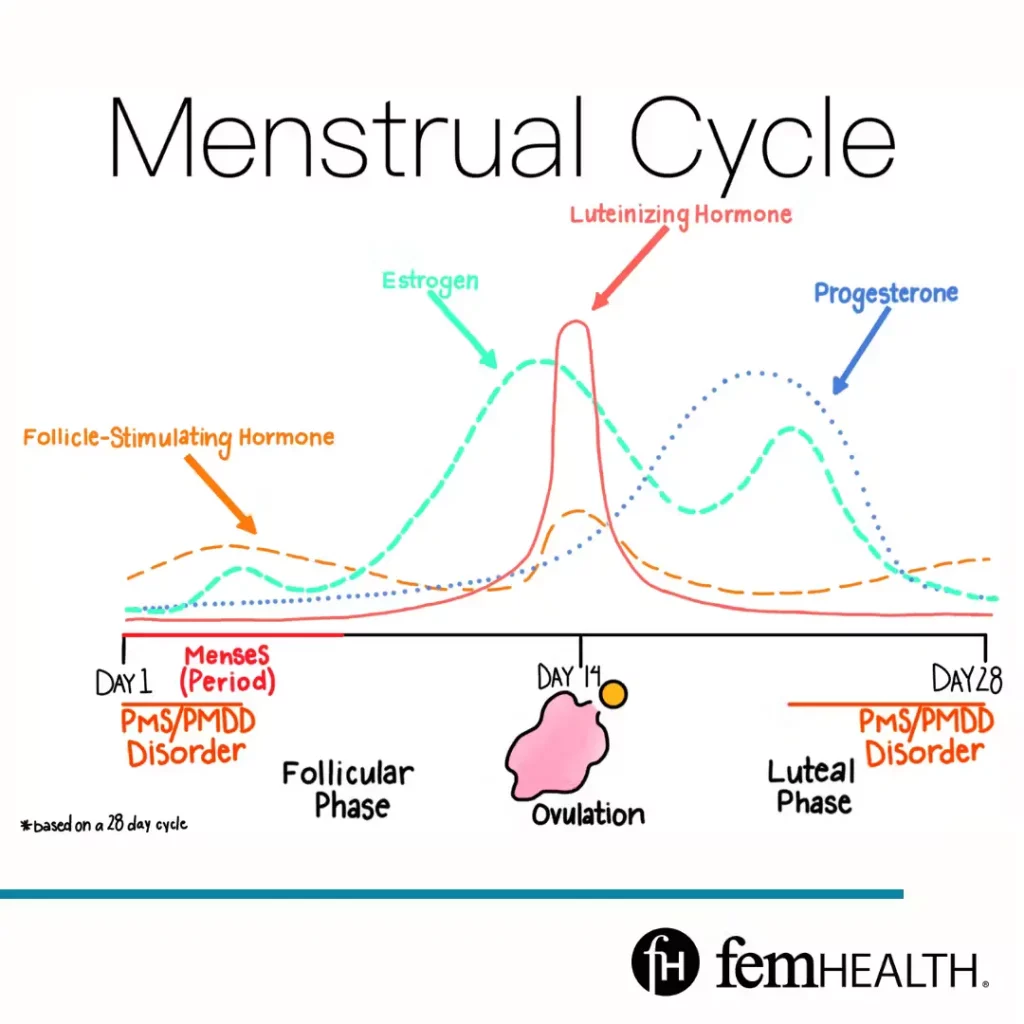
Ovulation typically occurs around Day 14 of the menstrual cycle but can happen before or after as well. It is important to use a form of birth control if you are sexually active so that you do not have an unwanted pregnancy. Pregnancy is most likely to occur when you have sex before, during, or after ovulation, but since ovulation can not be accurately predicted, it’s important to always use a form of birth control. Not all forms of birth control also protect against sexually transmitted infections, so be sure to ask your doctor about your options for STI prevention and protection.
Unfortunately, it can be extremely different to have to deal with all the mental and physical changes that come along with your period for that many days a month. When you see your doctor for the first time after getting your period, let them know the details of your menstrual cycle so that they can determine if there is anything unusual going on.
Pro Period Tips & Tricks:
Talk to your doctor about medication that can help your menstrual cramps. Many people find ibuprofen helpful, but for some people this can cause stomach pain. It’s a good idea to talk to your doctor about how you can best manage your menstrual cramps and any PMS symptoms.
Beginner’s Menstrual Period Guide & Expert Tips: Summary:
Getting your period is one of the first signs of puberty and for most women it can be a challenging transitiong. In addition to dealing with blood flow, they also have to deal with the physical and mental challenges associated with the menstrual cycle. The best tips are to find a menstrual produce that best works for you and to educate yourself on the potential changes you may experience. It is also a good idea to talk to your doctor about any and all vaginal discharge fluid, and also see if they have any period tips that they can offer you. Heavier flows may need a tampon and a pad or a tampon and period underwear or a pad and period underwear. All of the products mentioned above are good options for managing your blood flow. The last thing to remember is that be sure to always change your tampon so that you are not at a high risk for developing TSS.
We discuss products we think are useful to people. If you buy something through our links, we may earn a commission. Remember to check with your personal physician to see if a product recommended is right for you.


